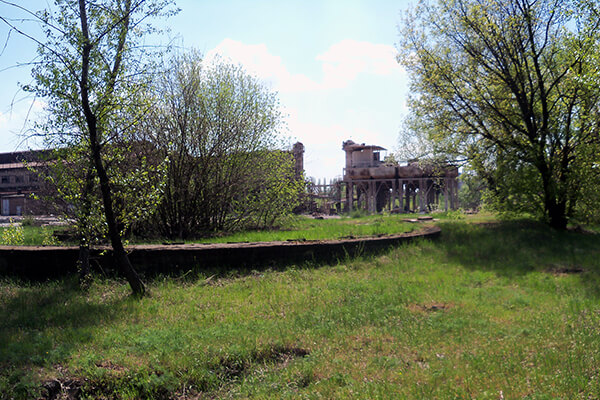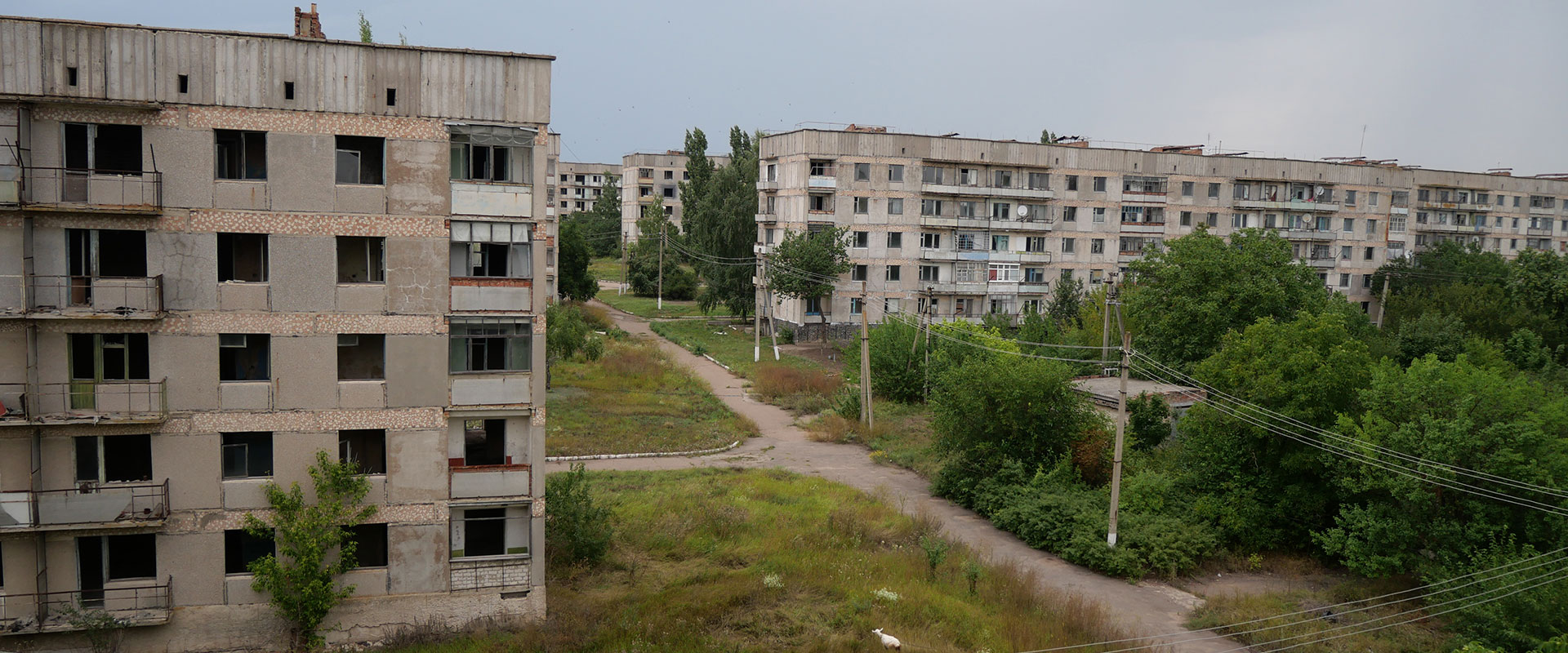
Tsukrovarov - Abandoned city for 3000 people
Abandoned city in Kirovograd region, Ukraine.
Not far from the city of Kropyvnytskyi (former Kirovograd), Kirovograd region, at a distance of 280 kilometers from Kyiv, once there was a powerful sugar factory No. 11 at that time, for whose employees a completely autonomous city was specially built – Tsukrovarov, numbering 10 five-story buildings with 920 apartments.
From the infrastructure, all conditions were created for the residents of the city – a school and a shop were built, there was a canteen, a medical assistant’s station, a fire department, a kindergarten and a club. Children’s playgrounds were conveniently located, there was an asphalt road, and a bus ran regularly.
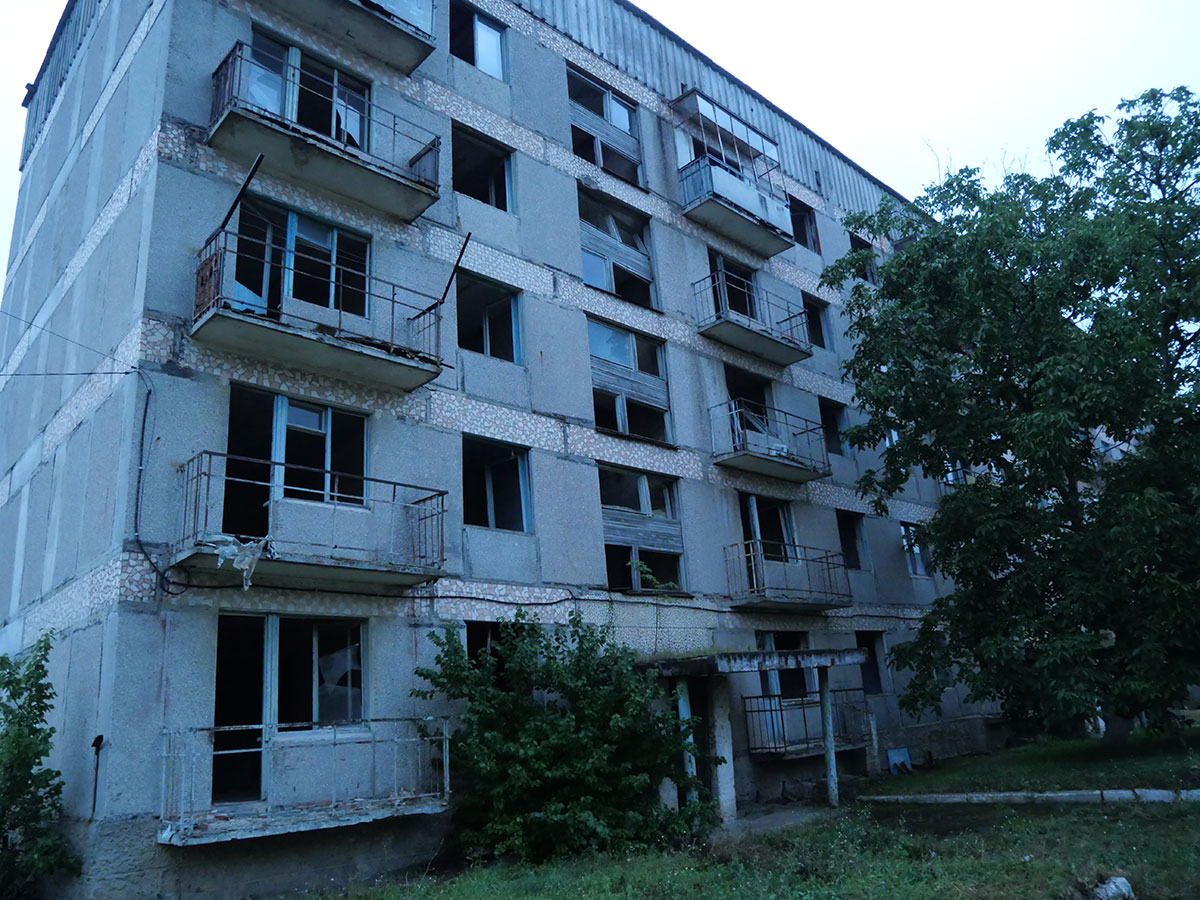

In the 1990s, the population reached 3,000 people, mostly factory workers and their families. At the time of writing this article, no more than 100 people remained here, and then, I, most likely, greatly exaggerate, maybe 50 will not be typed.
Now the city, which has not been mapped for a long time, is attached to the nearest village of Lipnyaka, the infrastructure of which, in fact, is used by the remaining residents of Tsukrovarov.
Typical five-story houses with a fairly good layout of apartments are practically empty. In most apartments, metal hunters barbarously removed everything that could be handed over to the “acceptance”, including wooden structures: windows, doors and balcony blocks.
Most likely, it was tritely used for firewood, since of all the benefits of a communal paradise, only electricity remained, and water supply, heating and, of course, sewerage were turned off.
Yes, yes – a tap with water on the street, and a sewer in the basement, although I did not check.
History of the abandoned city
The story of Tsukrovarov begins in the early 80s with the emergence of the city-forming sugar factory No. 11, just at the time when sugar production began to boom throughout the Soviet Union. In 1974, on a huge scale and high design capacity, the Dobrovelichkovskiy sugar factory was founded, at that time with a crazy production capacity of 6,000 tons of sugar beets per day (the third in the entire USSR in terms of sugar production). After some time allocated for construction, the enterprise began work.
The year is 1990, the collapse of the union is approaching, but this does not affect the work of the plant in any way – life is seething, sugar is being produced. Hard times come later, 13 years later. The size of the authorized capital as of March 30, 1996 was UAH 9,025,000.00.
Never having reached full design capacity, sugar productivity gradually falls and by 2004 the plant was completely stopped.
The enterprise began to pass from hand to hand, to be resold, ultimately, by 2014, it was completely taken away and cut into metal. Walking through the remains of the workshops, it is clearly seen that the metal hunters were not too lazy even to remove the reinforcement from concrete structures, leaving behind piles of broken bricks and concrete.
The only surviving building is the tower – a warehouse for granulated meal, reminiscent of the former enterprise.
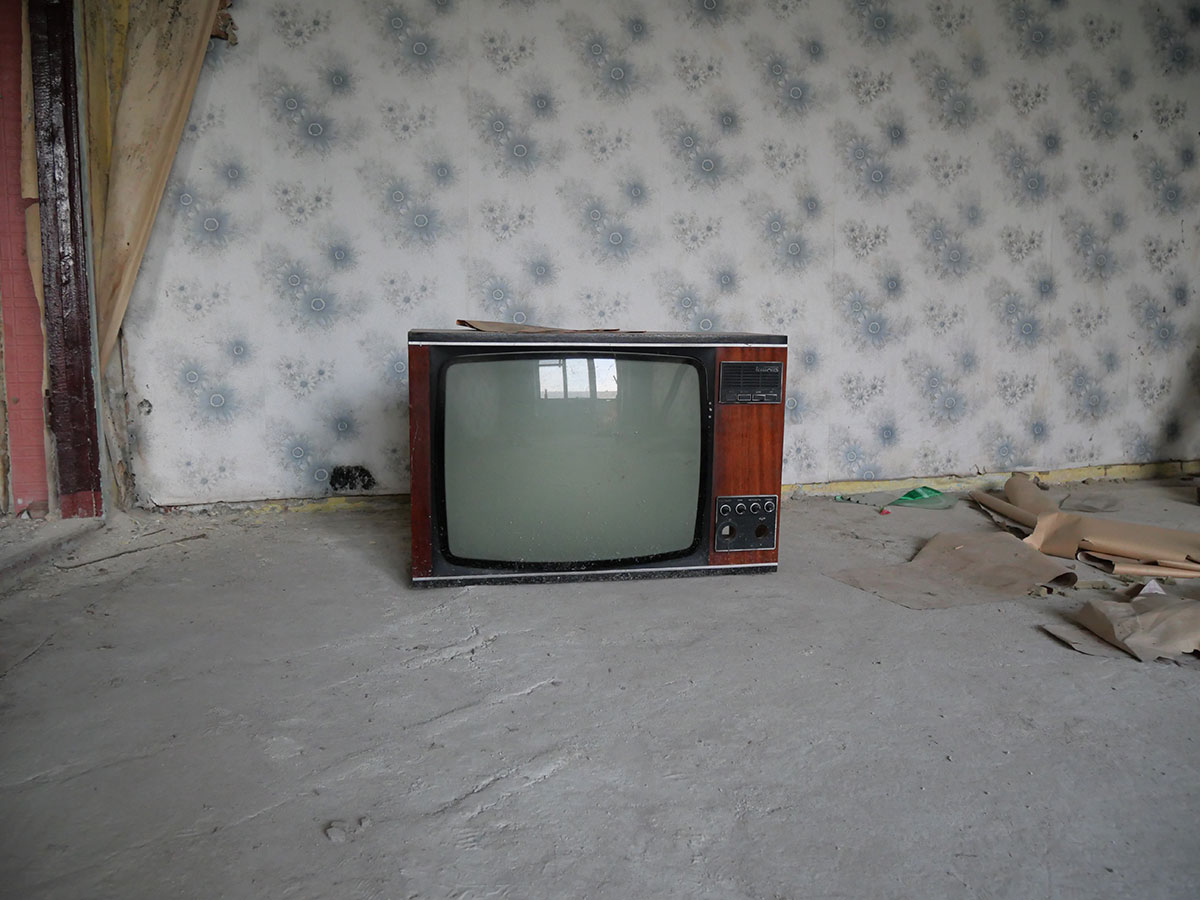
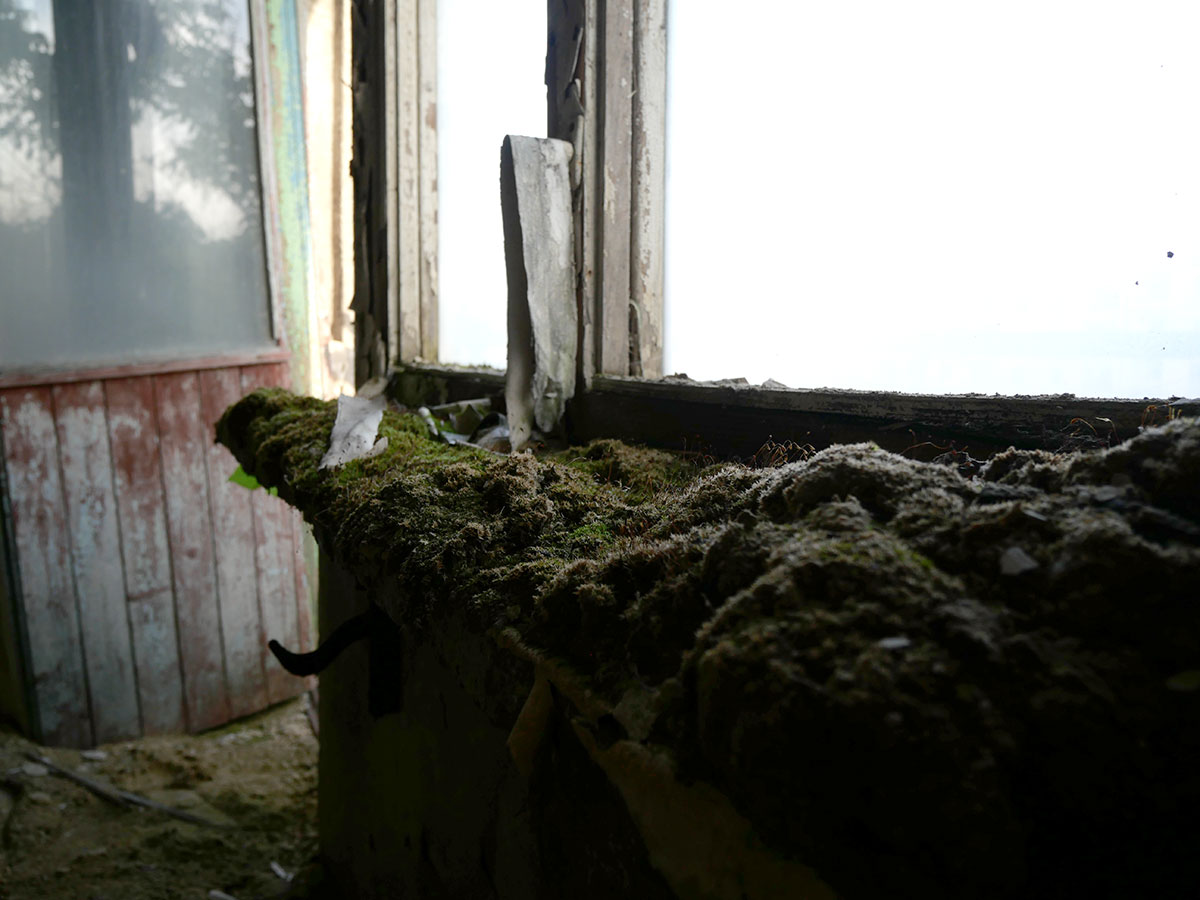
What now?
What now? Now this is the second Pripyat. Houses are falling apart before our eyes, roads are covered with moss and overgrown with trees and bushes, heaps of broken glass, but with all this abundance – cleanliness, almost complete absence of garbage.
Walking to the center, you can meet locals. Now they are not very friendly, because before us (our company), someone tried to break into the school, the building of which they preserve not only in its original form, but also use it for technical needs.
Entering any entrance or apartment does not pose any difficulties, with the exception of those in which they live, but getting into this atmosphere, you seem to fall into the past, into the past in which people lived, into that Soviet life, way of life and environment. Often in apartments you can find the remains of wallpaper and drawings, on the ceiling – tiles, from those times, wooden window frames, not plastic, etc.
Staying overnight in one of the apartments, you easily fall asleep, to the sound of crickets, enjoying the clean country air.
Now it is a favorite place for those who want to visit the past.






